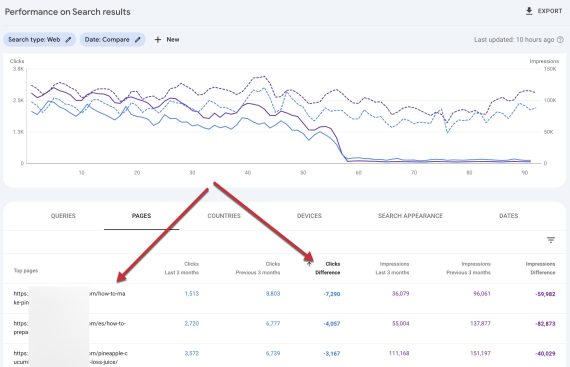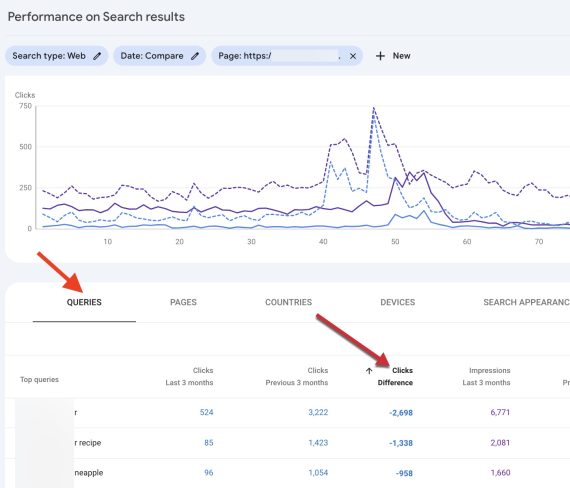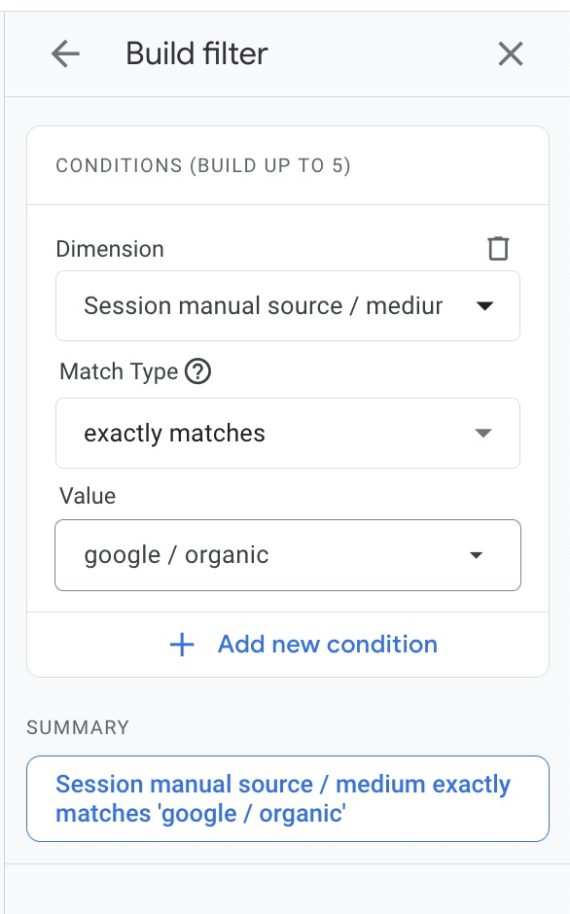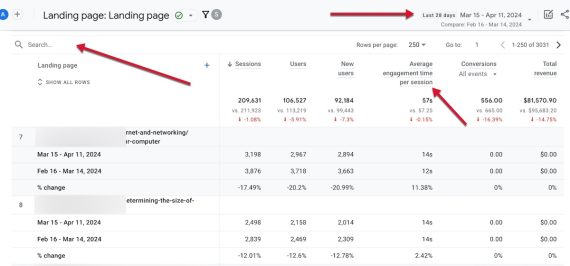Organic search traffic fluctuates. With Google algorithm updates, search result layout changes, competition, and more, it’s never static.
The change in 2024 was dramatic and the largest in recent years. I’ve dealt with many legitimate, non-spam companies whose sites lost a ton of traffic. Most people don’t know why.
Here’s how to identify which pages are experiencing traffic loss and why.
search console
Google Search Console is fastest way Identify pages that are losing organic traffic. Use the Compare option within the Performance report to set the dates before and after the loss.
Then click the Pages tab and sort by number of clicks. Below are examples of sites and affected pages that experience extreme organic traffic loss.

In Search Console, set the dates before and after the traffic loss and compare the number of clicks on each page. Click on the image to enlarge.
From there, click on any URL in the first column to filter the report to that page. Click on the (Queries) tab and sort by (Number of Clicks) again to see the search terms that saw the biggest drop in traffic.
Those are the priorities. Search Google for each query. Notice the new features in the results. Investigate top-ranked pages for quality, user experience, and search intent.

Click on the (Queries) tab and sort by (Number of Clicks) to see the search terms that have the biggest drop in traffic. Click on the image to enlarge.
google analytics
Google Analytics 4 can also identify pages with traffic lossHowever, there are no easy sorting options.
Popular pages typically account for most of the decline. In GA4,Go to (Engagement) > (Landing Pages). These pages receive the most traffic from all sources, not just organic search.
To separate organic search traffic:
- Click Add Filter.
- Select Dimension > Session Manual Source/Media.
- Click Match Type > Exact Match.
- Select (Value)>(Google/Organic).
Then, after filtering by organic search, select Compare to analyze the two time periods.
Unlike Search Console, GA4 provides engagement time and therefore potential recovery strategies. improve or update Pages with an average engagement of just a few seconds also lost traffic. (Use the Search field to find a specific page.)
Follow the same filtering steps for traffic sources other than organic search.








